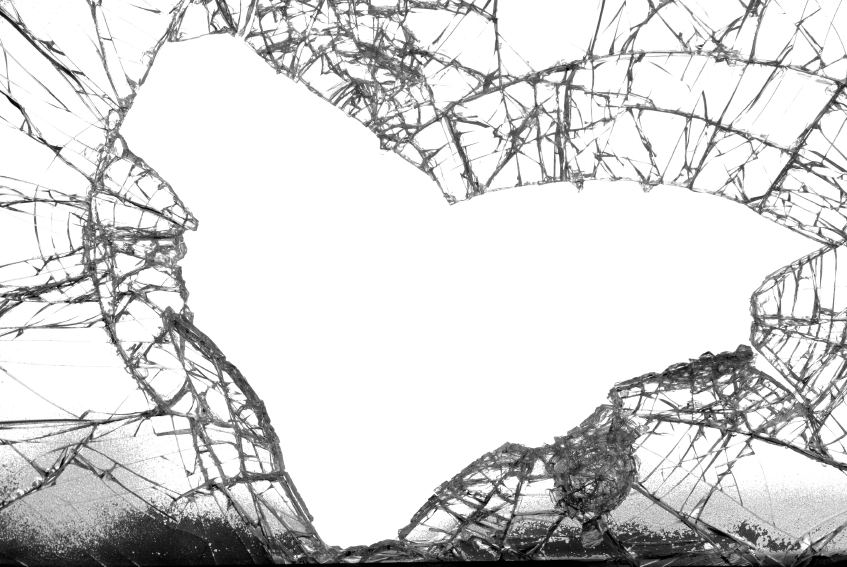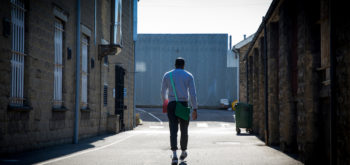New figures released yesterday by the Office for National Statistics reveal that crime in England and Wales increased by 10% in the year to March 2017 – the greatest annual rise in crimes for a decade. Will Bordell reports
Police officers recorded almost 5 million offences, with violent crime and theft up 18% and 7% respectively. Since 2014, the ‘size of year-on-year increases has grown each year’, according to the ONS, ‘with police recorded crime increasing by 3% in the year ending March 2015, by 8% in the year ending March 2016, and by 10% in the latest year.’
The stats revealed a 39% spike in public order offences, which cover a range of crimes including ‘causing intentional harassment, alarm or distress’. This followed a 28% rise last year. Sexual offences increased 14% to the highest level recorded since 2002, alongside a 16% increase in robbery. Only Cumbria and North Yorkshire experienced a decrease in the amount of crime recorded for the year.
As the total number of offences increased by almost 500,000 compared to the same period last year, the ONS pointed to changes in recording practices as a factor in the latest figures. However, they still suggested that there had been ‘actual increases in crime’ in several categories.
By contrast, the Crime Survey of England and Wales, which measures people’s experiences of crime over the previous year, showed a 7% decrease. Under this survey, it was estimated that just over 5 million fraud and computer misuse offences alone took place last year. Excluding such offences, roughly 14% of adults were victims of crime in this year’s survey, compared to around 25% a decade ago.
Although it is published simultaneously, the CSEW results differ from the police data because they include crimes that have not been reported to the police. The survey, however, has been criticised for its relatively small sample size of 35,000 households. It also fails properly to account for crimes that are rare but devastating such as murder and sexual offences.
‘Some of the increases recorded by the police are in the low volume, but high harm, offences such as homicide and knife crime that the Crime Survey is not designed to measure’, head of crime stats at the ONS John Flatley commented. ‘If the increases in burglary and vehicle theft recorded by the police continue we would expect these to show up in the survey in due course.’
Particularly troubling were the significant rises in crimes involving knives (20%) and firearms (23%), which were accompanied by a 26% increase in homicide. It was reported that 723 homicides – which comprise cases of murder, manslaughter and infanticide – took place over the past year. This total included the 96 Hillsborough victims, after the verdict of an inquest in April 2016 concluded that their deaths amounted to manslaughter. Without this addition, homicides were still up by 9%.
Police recorded crime data has had a chequered recent past, calling into question its reliability. In 2014, the UK Statistics Authority deemed that such data fell below National Statistics standards. As the ONS report points out, ‘[p]olice recorded crime is not currently considered a reliable measure of trends in crime for most crime types.’
It continues: ‘From the 10 inspection reports published to date it is apparent that whilst improvements in recording have been made since 2014, the level varies between forces and there continues to be variation in the level of compliance with the Home Office Counting Rules’. Police recorded crime statistics are thought to be especially poor where violent and sexual offences are concerned. The data are not currently designated as National Statistics.
The ONS figures emerged on the same day as the latest Home Office report on the police workforce, which indicated that officer numbers have declined to 123,142, their lowest level for 32 years. Reductions have hit frontline and local policing operations.
However, Richard Garside, director of the Centre for Crime and Justice Studies, welcomed this as ‘a return to a more historically normal level of policing. Given advances in technology and the productivity gains this brings, the current generation of police officers ought to be able to achieve more than their equivalents of thirty years’ ago.’
He added: ‘What is needed is a managed and strategic withdrawal of policing from those areas of public life they should not be involved in. This would allow them to focus on the serious public protection challenges that should be their core focus.’
Meanwhile, the shadow home secretary Diane Abbott told The Guardian: ‘The Tories have cut police officer numbers again in the latest 12 months and now there are well over 20,000 fewer than in 2010. The Tories simply aren’t allowing the police to protect the public.’








